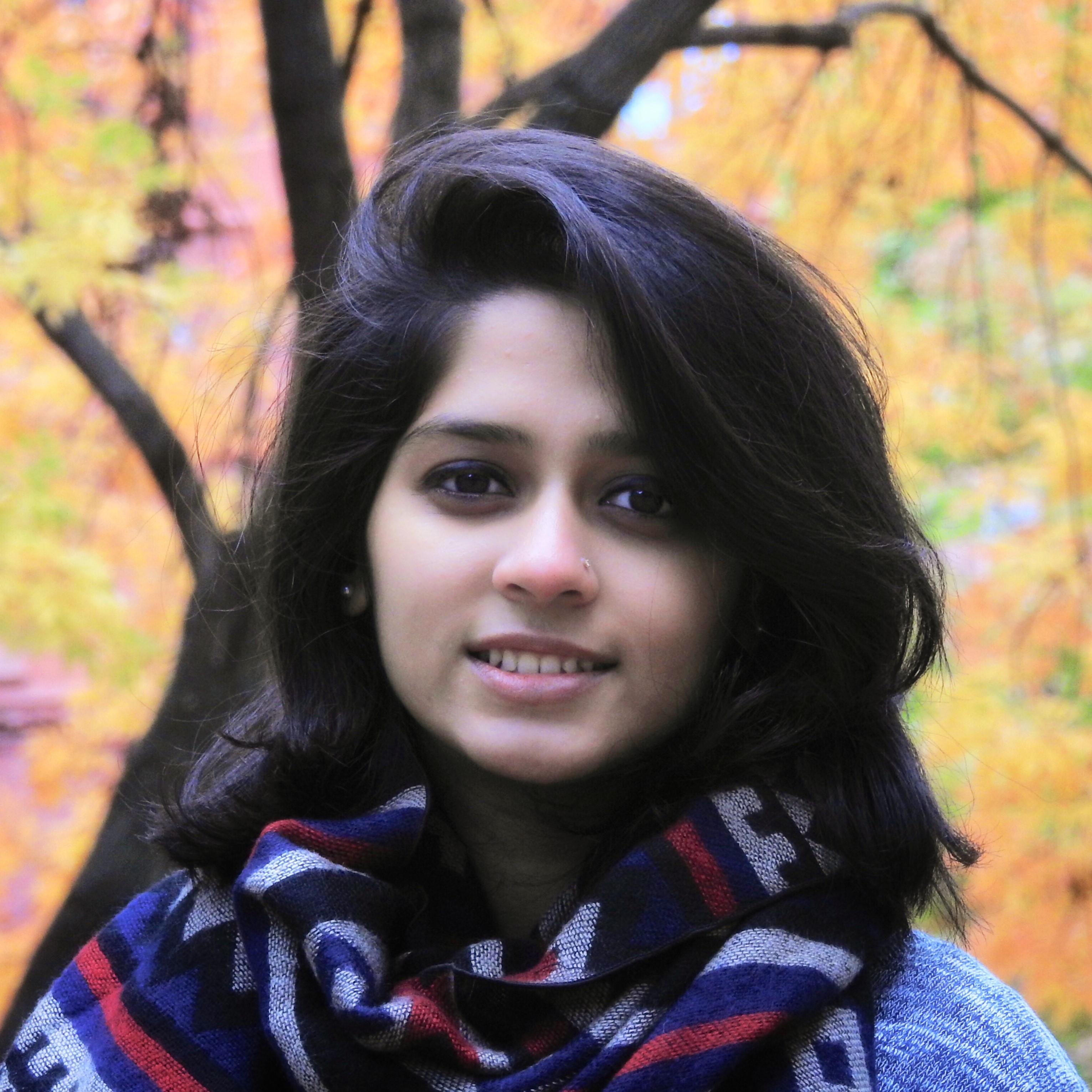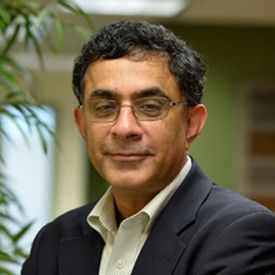What is the role of information sources in forming political preferences, and under what conditions do women have the cognitive agency to form political opinions distinct from men? To examine this, using survey data from two urban clusters in north India, this article shows that women’s networks outside the home – through employment or other activities – have a discernible impact on the likelihood of partisan disagreement in the household.
This is the final article in the five-part series on
‘Urbanisation, gender, and social change’
In modern democracies, possessing credible information about politics
is essential in forming political opinions and holding elected officials accountable (Druckman 2004). Thus, the relationship between the media and public attitudes is of intrinsic interest in understanding partisan preferences. What is the role of social media and information sources in India in forming political preferences? And under what conditions do women have the cognitive agency to form political opinions distinct from men?
In a new study (Badrinathan et al. 2021), we seek to understand the role of
media and non-media personal networks in generating opportunities
for women to express political preferences independent from men
in their household. To do so, we focus on a key indicator of political independence – disagreement in political-party preferences between women and men in the same household. We call this behaviour ‘intra-household partisan disagreement’.
India is an important test case in understanding the role of information sources in political preferences. The media landscape in India has witnessed massive
changes in the last few decades, with a rapid and unprecedented uptake in internet access and new forms of media. However, this growth in scale, reach, and influence has not been matched by a corresponding rise in attention to the precise ways in which media is being consumed in India – its attendant disparities within
households and resulting political effects.
A theory of information and political preferences
We develop a simple theoretical framework to characterise how various information sources relate to political independence of women. We distinguish between
two forms of information access – ‘one-way’ or passive sources, such as mass media like television, in which the receiver of information cannot discuss or interact with the news source; and ‘two-way’ or active sources of information, such as social networking websites and applications, in which the receiver of information can actively discuss or argue with the provider of information. Insofar as people have different personal networks on social media (as opposed to watching the same news programme) and can engage with their networks in private, social media has the capacity to generate different partisan preferences within the household. With mass media, the source is not differentiated by person, as most of its consumption is publicly shared by members of the household.
We argue that increased access to social media for all household members has the potential to attenuate disparities in access to information across the population, especially between women and men within the same household. However, if women have low individualised access to social media, they will be dependent on physical (non-media) networks for private information. If this is the case, women who have greater access to networks outside the home – namely through employment or other forms of mobility outside the home – are more likely to display partisan disagreement with men. Further, we posit that such disagreement is more
likely to be displayed in state politics relative to national politics,
as physical networks for women are likely to be most informative in the former.
To test these arguments, we draw on a unique survey of over 1,600 households each across two urban clusters in north India – Patna (Bihar) and Dhanbad (Jharkhand). Within each household, we interview the male primary wage earner and a randomly selected working-age woman, and we make use of an extensive module on media consumption to characterise gender inequality in media access,
and its relationship to partisan disagreement.
Gender differences in information access
First, we find major gender disparities in the percentage of
women and men accessing news information across various
types of media. In both Patna and Dhanbad, nearly three-quarters of female respondents do not report consulting a news source, suggesting significant reliance on family or private information for understanding the world. This indicates that non-media sources of influence play a significant role, particularly for women.
Second, television, and mass media, more generally, are by far the most-consumed media sources for news. Even with mass media, however, there is a noticeable gender gap. While male primary wage earners, especially those who have completed education till class 10, report a diverse media diet. Working-age women – if they report a news source – are almost exclusively bound to television. Further, individualised usage of mobile phones (especially smartphones) – which are needed to regularly access social media – remains low among women in the population. For instance, among adults in Dhanbad, only 35% of women own mobile phones (smartphones) compared to 82% of men.
Third, only a small fraction of the population reports using two major social media platforms – Facebook and WhatsApp – as a source of news. Here too, there is a significant gender gap – the share of women who have completed class 10, using either Facebook or WhatsApp as a source of news is 7 to 10 percentage points less than men with the same educational qualifications.
Partisan disagreement
To measure partisan disagreement, we asked respondents to tell us
“which party they support” at the Centre, and in their respective states.
We opted for a conservative measure of disagreement, coding for whether an individual supported BJP (Bharatiya Janata Party; ruling party at the Centre) or JD(U) (Janata Dal (United); ruling party in Bihar, in alliance with the BJP), relative to supporting any major opposition party to the BJP and JD(U) (regardless of whether or not these opposition parties were in alliance).
Table 1. Levels of partisan support and intra-household agreement
Patna | Dhanbad | |||
National | State | National | State | |
Female BJP alliance support (%) | 89 | 63 | 93 | 91 |
Male BJP alliance support (%) | 85 | 65 | 95 | 90 |
Partisan agreement (%) | 86 | 61 | 92 | 87 |
Several findings standout. First, even with very high levels of BJP
alliance support, we find strong evidence of ‘homophily’ – that two
individuals in the household are more likely to share a partisan preference than if they had been paired randomly (that is, two people in the same household are more likely to agree than would be predicted by random chance). Further,
we find that non-media personal networks play a key role in engendering partisan disagreement. Specifically, partisan disagreement is significantly more
likely in state-level politics as opposed to national-level politics. This is consistent with the fact that personal networks are likely to be more local in nature, and thus more impactful for state-level politics.
Second, there are several important correlates of partisan (dis)agreement. Mass media exposure to television and newspapers is associated with greater agreement within the household. This is consistent with our hypothesis that mass media has homogenising effects within a household. Employment is associated with greater partisan disagreement, but this is only true for agricultural employment.
In Patna, an employed woman (that is, engaged in income-generating work) is predicted to show partisan disagreement 38% of time, as compared to 46% of the time if she is engaged in agricultural work. Finally, measures of outside
networks are broadly associated with greater disagreement.
For instance, a working-age woman in Patna who reports leaving
the house to visit friends or relatives is predicted to disagree with the male respondent in her home 40% of the time, as compared to 31% of the time,
if she does not do so.
In sum, networks women possess outside the home – through employment or other activities (that is, potential non-media sources of influence) – do have a discernible impact on the likelihood of partisan disagreement in the household, consistent with our arguments. This suggests that, despite the pervasiveness of news media and social media, private non-media sources of information may still play the largest role in women’s independent formation of political preferences, although this might change if women’s access to smartphones increases.
Concluding thoughts
To the best of our knowledge, this is the first large-scale survey in the Indian context that provides a detailed analysis of the gender gap in media access, and its relationship to intra-household partisan disagreement, linking India to a larger literature in comparative political behaviour (Sircar 2020, Chhibber and Verma 2018).
Our study emphasises the importance of studying media and non-media sources of influence together in developing world contexts. This is a corrective to the existing literature, which typically addresses the relationship between media and preferences in contexts with higher levels of education and more diverse media diets. Finally, we demonstrate the methodological importance of surveying both women and men within a household separately in regard to political preferences in order to understand gender inequalities, partisan disagreement, and the variation therein.
Further Reading
- Badrinathan, S, D Chatterjee, D Kapur and N Sircar (2021), “Partisan Disagreement: The Role of Media, Personal Networks and Gender in Forming Political Preferences”, Urbanisation.
- Chhibber, PK and R Verma (2018), Ideology and Identity: The Changing Party Systems of India, Oxford University Press.
- Druckman, James N (2004), “Political Preference Formation: Competition, Deliberation, and the (Ir)relevance of Framing Effects”, American Political Science Review, 98(4): 671-686. Available here.
- Sircar, Neelanjan (2020), “The politics of vishwas: political mobilization in the 2019 national election”, Contemporary South Asia, 28(2): 178-194.
Social media is bold.
Social media is young.
Social media raises questions.
Social media is not satisfied with an answer.
Social media looks at the big picture.
Social media is interested in every detail.
social media is curious.
Social media is free.
Social media is irreplaceable.
But never irrelevant.
Social media is you.
(With input from news agency language)
If you like this story, share it with a friend!
We are a non-profit organization. Help us financially to keep our journalism free from government and corporate pressure

















0 Comments